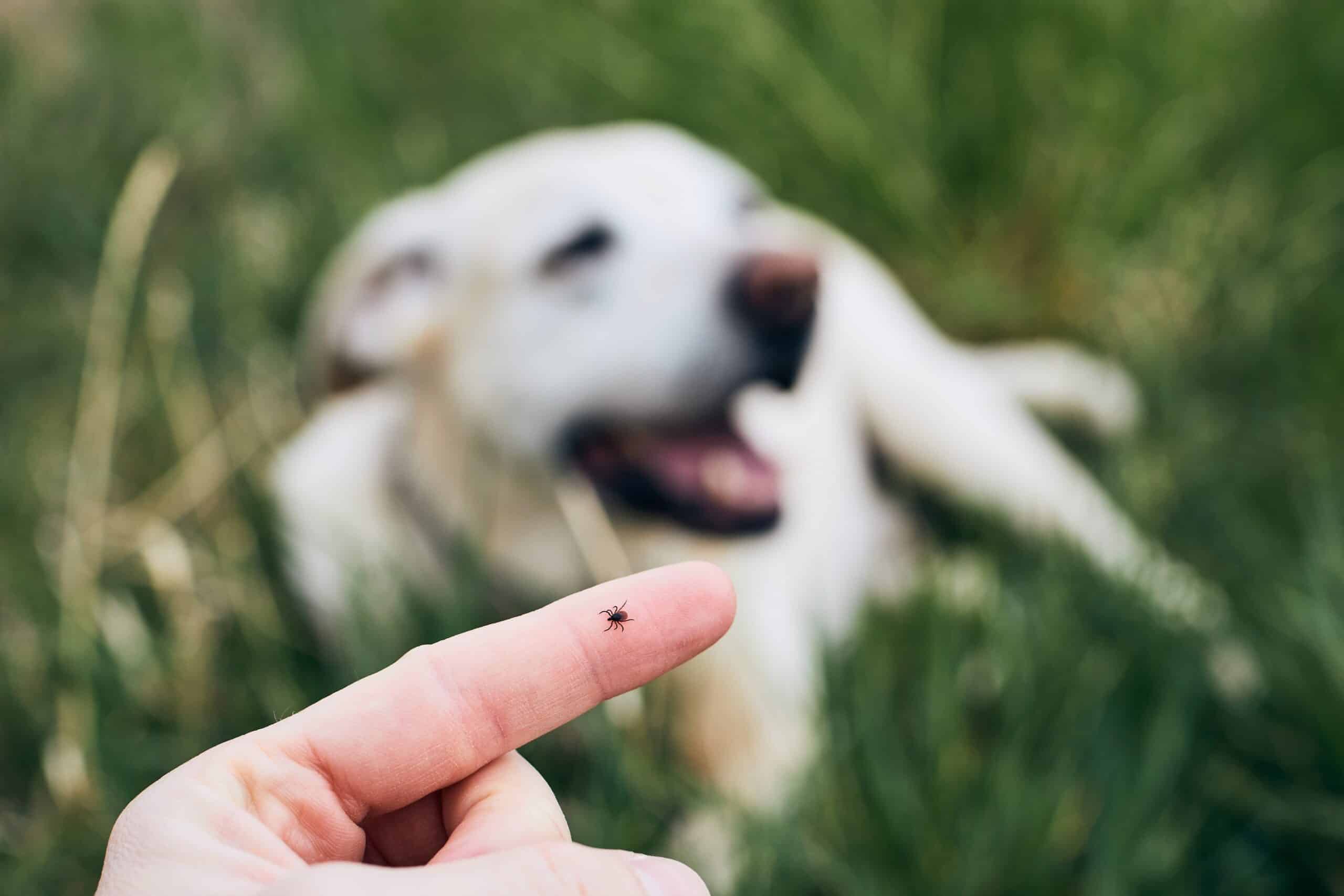
Lyme disease is a bacterial infection caused by Borrelia burgdorferi and is transmitted through the bite of an infected tick. It’s one of the most common tick-borne illnesses in dogs, and while not every tick bite leads to disease, it’s important to understand the risks, symptoms, and preventive steps.
What Is Lyme Disease?
Ticks—especially the black-legged or deer tick—carry the bacteria responsible for Lyme disease. When they bite and remain attached long enough, the bacteria can enter a dog’s bloodstream, potentially leading to serious health problems.
Symptoms to Watch For
Not all infected dogs show symptoms, but when they do, common signs include:
- Limping that may shift from one leg to another
- Swelling or stiffness in the joints
- Fever and lethargy
- Loss of appetite
- Swollen lymph nodes
- In rare cases, kidney damage or heart complications
Diagnosis and Treatment
Lyme disease is typically diagnosed based on a combination of:
- Visible symptoms
- History of tick exposure
- Blood tests to detect antibodies (usually accurate a few weeks after infection)
Treatment:
The most common treatment is a course of antibiotics, often lasting several weeks. In more severe cases, pain relief medications or hospitalization may be needed. Most dogs respond well to early treatment.
Prevention Tips
The best way to protect your dog from Lyme disease is to prevent tick bites:
- Use year-round tick preventives recommended by your veterinarian
- Perform regular tick checks after walks or outdoor play
- Keep grass short and remove leaf litter from your yard
- Consider vaccination if you live in a high-risk area
Why Early Detection Matters
Left untreated, Lyme disease can cause long-term joint damage, recurring lameness, or organ issues. Detecting symptoms early and starting treatment quickly gives your dog the best chance for a full recovery.
Summary Table: Quick Facts About Lyme Disease
| Aspect | Details |
|---|---|
| Cause | Bacteria from infected tick bite |
| Common Symptoms | Lameness, joint swelling, fever, fatigue |
| Treatment | Antibiotics, supportive care |
| Prevention | Tick control, regular checks, possible vaccination |
Bottom Line:
Lyme disease is preventable with consistent tick protection and awareness. Make tick checks a daily habit and consult your vet immediately if you notice any suspicious symptoms.
